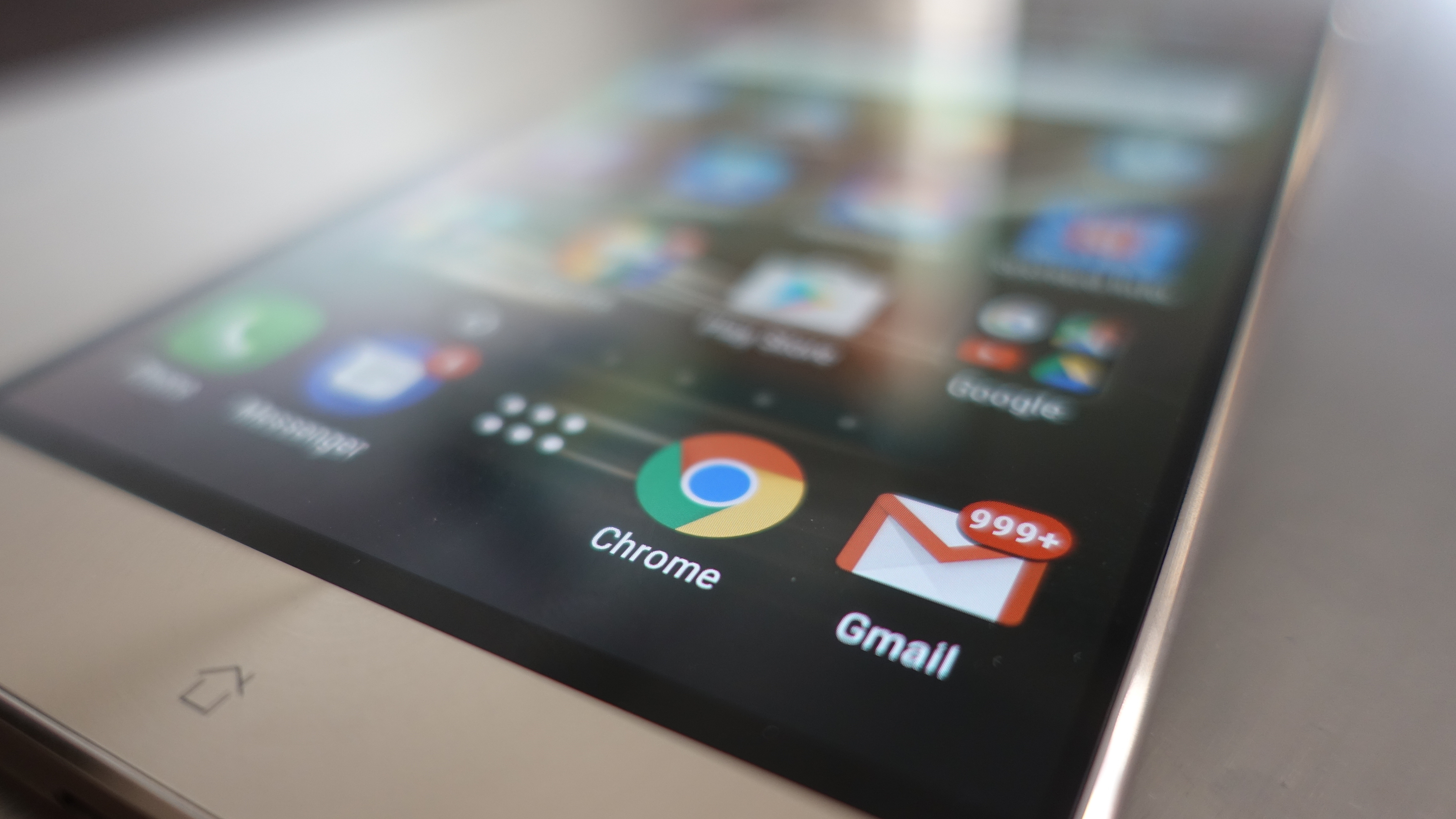You can now send money and get paid back in Gmail on Android
Dolla' dolla' email

In the never-ending quest to offer convenient ways for your friends to pay you back (or vice versa) Google is today rolling out an update to the Gmail app on Android that lets you send and request payments as attachments.
Just like sending a photo or PDF, users in the US can now tack on money in an email sent from the app. This feature is already available on the desktop Gmail, but chances are the times when you need to get paid back/do the paying back, you'll be on your phone anyway.
- Give it a go for yourself on an Android app-ready Chromebook
Send & request money in your Gmail app on Android https://t.co/XlsbSr8Qyj pic.twitter.com/ZYULmS5uTHMarch 14, 2017
To send money, select the attachment icon in the upper right-hand corner of the Gmail app. You'll see options to either send or request money. Make your selection, attach a note if you like, and off your cash goes.
Conveniently, you can send and receive money from non-Gmail users, however you need a Google Wallet account in order to complete the transaction. As you go through the process, if you don't have a Google Wallet account, you'll be asked to set one up.
There's no need to install an additional app, and recipients can set it up so funds go straight into their bank account as well. For better or worse, this new feature means no more excuses you need to visit an ATM before paying so-and-so back for coffee.
- Read next: Google Home smart speaker review
Get daily insight, inspiration and deals in your inbox
Sign up for breaking news, reviews, opinion, top tech deals, and more.
Michelle was previously a news editor at TechRadar, leading consumer tech news and reviews. Michelle is now a Content Strategist at Facebook. A versatile, highly effective content writer and skilled editor with a keen eye for detail, Michelle is a collaborative problem solver and covered everything from smartwatches and microprocessors to VR and self-driving cars.
